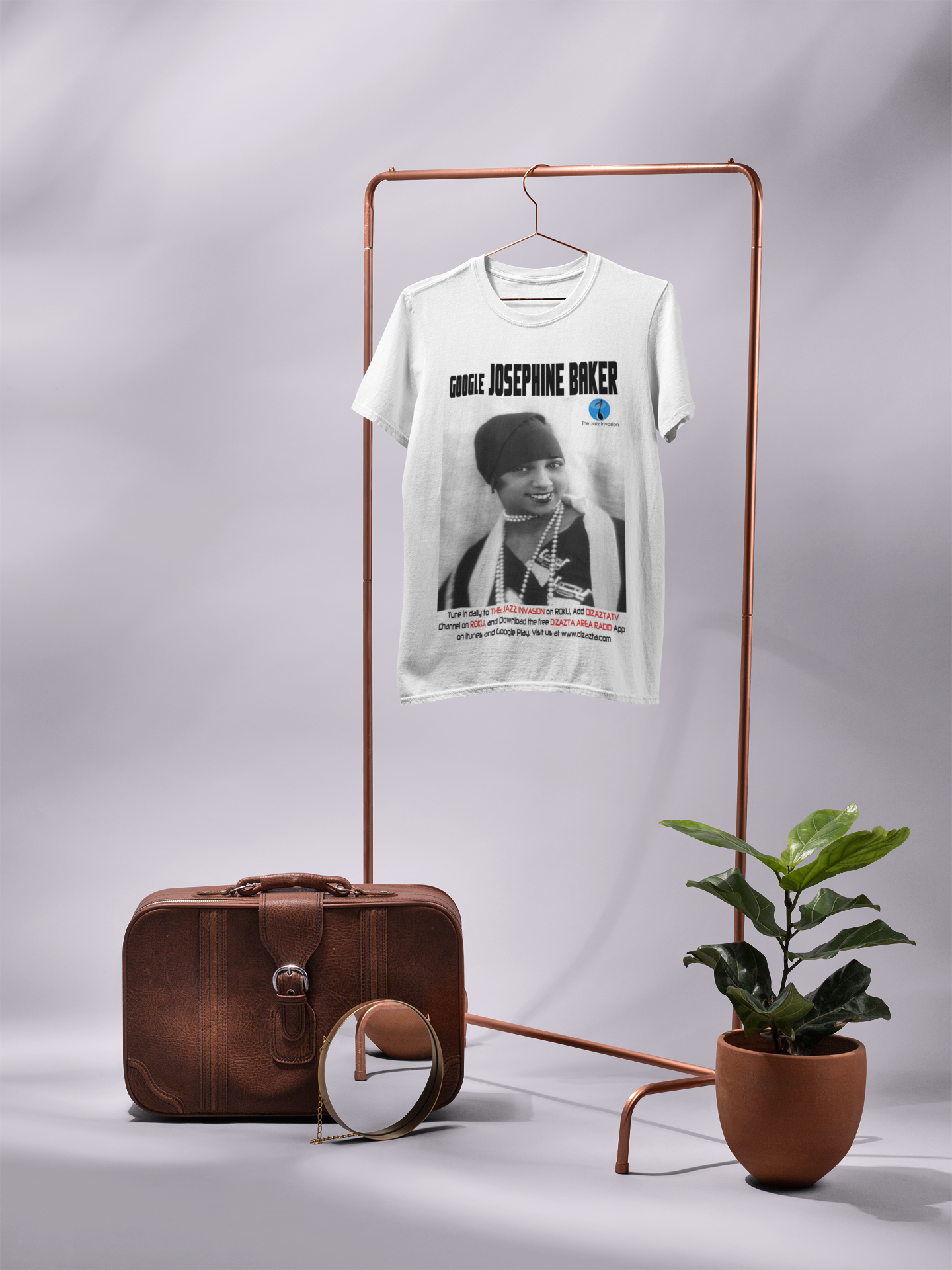Josephine Baker
In 1929, Baker became the first African-American star to visit Yugoslavia, while on tour in Central Europe via the Orient Express. In Belgrade, she performed at Luxor Balkanska, the most luxurious venue in the city at the time. She included Pirot kilim into her routine, as a nod to the local culture, and she donated some of the show's proceeds to poor children of Serbia. In Zagreb, she was received by adoring fans at the train station. However, some of her shows were cancelled, due to opposition from the local clergy and morality police.
During her travels in Yugoslavia, Baker was accompanied by "Count" Giuseppe Pepito Abatino. At the start of her career in France, Baker had Abatino, a Sicilian former stonemason who passed himself off as a count, and who persuaded her to let him manage her. Abatino was not only Baker's management, but her lover as well. The two could not marry because Baker was still married to her second husband, Willie Baker.
During this period, she scored her most successful song, "J'ai deux amours" (1931). Baker starred in three films which found success only in Europe: the silent film Siren of the Tropics (1927), Zouzou (1934) and Princesse Tam Tam (1935). She starred in Fausse Alerte in 1940.












































